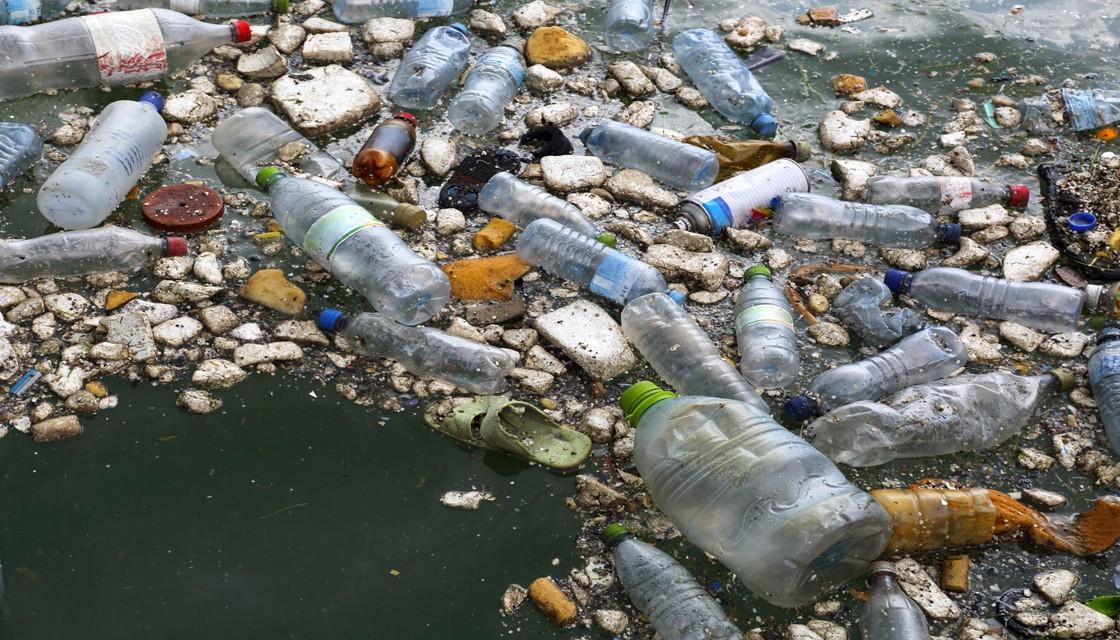 Its World Earth day and a group of environmentalists in Nigeria are raising awareness on how to recycle plastic. This year’s theme is focused on how to handle plastic pollution globally.
Its World Earth day and a group of environmentalists in Nigeria are raising awareness on how to recycle plastic. This year’s theme is focused on how to handle plastic pollution globally.
Earth day was first marked in 1970, when 20 million Americans took to the streets, demanding action on environmental pollution.
It later went global 20 years later, mobilizing 200 million people in dozens of countries and putting environmental issues on the world stage.
For more than 50 years, global production and consumption of plastics have continued to rise. An estimated 299 million tons of plastics were produced in 2013, representing a 4 percent increase over 2012, and confirming and upward trend over the past years.
Plastic is versatile, lightweight, flexible, moisture resistant, strong, and relatively inexpensive. Those are the attractive qualities that lead us, around the world, to such a voracious appetite and over-consumption of plastic goods. 5.25 trillion pieces of plastic is said to litter Earth’s oceans.
However, durable and very slow to degrade, plastic materials that are used in the production of so many products all, ultimately, become waste with staying power. Our tremendous attraction to plastic, coupled with an undeniable behavioral propensity of increasingly over-consuming, discarding, littering and thus polluting, has become a combination of lethal nature.
Environmentalists have long denounced plastic as a long-lasting pollutant that does not fully break down, in other terms, not biodegradable




